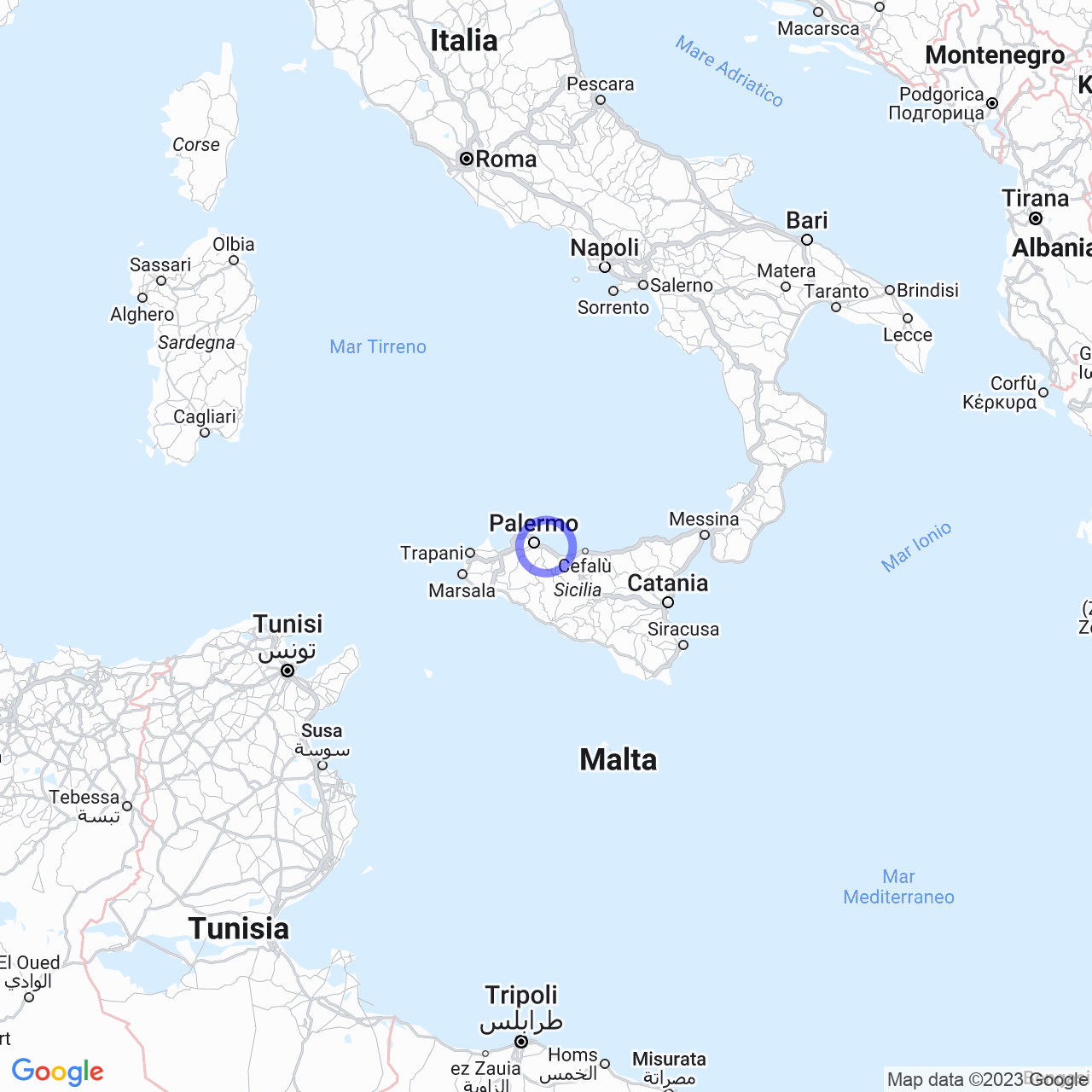Bagheria
Welcome to Bagherìa: the city of villas
Hello friends, today I will tell you about Bagherìa, a city in Sicily that will enchant you with its spectacular villas and the beauty of its territory. Bagherìa is part of the metropolitan city of Palermo and has about 52,570 inhabitants.
Origin of the name
The meaning of the name Bagherìa is uncertain, but there are several hypotheses. According to some sources, the name comes from the Arabic "baḥriyya", which means "marina". Another theory instead suggests that it derives from the term "bāb al-gerib", meaning "wind gate". However, the most plausible version suggests that the name derives from the Sicilian "Bagarìa", where the "g" is silent, while the Italian form of the name is "Baarìa".

History
Bagherìa has a history dating back to the 7th century BC and the 3rd century BC, when the strategic settlement of Monte Porcara arose, about 3.5 km southwest of the city. The city extends in a narrow plain southeast of Palermo, overlooking Mount Catalfano and Montagnola di Serradifalco. Its urban origin began with the construction of the Butera Palace, commissioned by Prince Giuseppe Branciforte in 1658. Previously, the property was a farm owned by Benedetto Rizzo, purchased by Branciforte himself in 1595. The urban fabric was developed with the construction of a series of modest buildings that housed the employees of Branciforte's estate. Later, without any "licentia populandi", between 1653 and 1697, 43 dwellings were built, while between 1705 and 1723 there was an increase of 137 housing units.
In 1769, Salvatore Branciforte created the main axis of the urban layout with the "Corso Butera", popularly known as "Stratuni", together with the construction of the "Chiesa Madrice". The Corso Butera was inspired by the idea of conferring greater elegance to the access to the estate, while the church was completed in 1771. A marble plaque from 1769 recalls the realization of the Corso Butera: ''Salvatori Brancifortio Buterae principi quod viam hanc qua ad villam elegantius compositam nobilior e regione aditus patet ad delicias perpetuis hic inde arboribus protectam veteribus contemptis diverticulis amplam rectam straverit; atque augendo colonorum censui aedem Dei Matris costruxerit, collabentem pontem restauraverit, in aridum fundum aquam per M pass. deduxerit agrumque ab amsegete venationis tuendae muro diviserit''.
Villas and tourist attractions
Bagherìa is known as the "City of Villas", thanks to the numerous noble residences built in the Baroque and Neoclassical periods. In fact, the city has 33 noble villas, some of which are visitable, including the sumptuous Villa Palagonia, considered a masterpiece of Sicilian Baroque architecture, and the Villa Cattolica, which houses a museum dedicated to contemporary art. In addition to these, there are many other villas that adorn the city and make it a unique place in the world.
Furthermore, Bagherìa boasts other tourist attractions, such as the Church of San Giuseppe and the Church of San Francesco di Paola, some fountains in the historic center, and the Botanical Garden of Palermo, located near the city.
Culinary culture
The cuisine of Bagherìa is linked to the tradition of Sicilian cuisine, which includes dishes based on fish, meat, and vegetables. Among the local specialties are fish alla ghiotta, grilled pork, and Sicilian cannoli.
In addition, the city is famous for tomato sauce, produced with tomatoes from the Catania plain, and for pane cunzatu, a peasant bread also known as "pani ca meusa" in Sicilian dialect.
Conclusions
In conclusion, Bagherìa is a city rich in history, art, culture, and gastronomy. Its noble villas, churches, and fountains in the historic center create a unique atmosphere, while the proximity to the sea and the natural beauties of the area make it even more fascinating. Come and discover Bagherìa, the city of villas!
